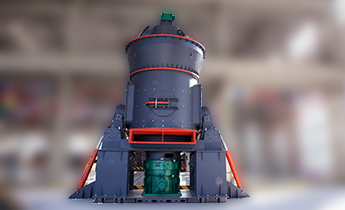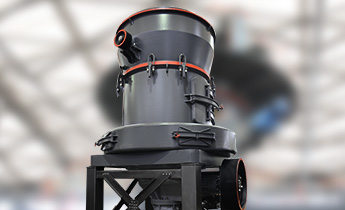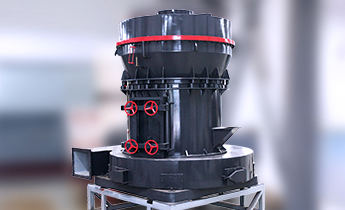
Gypsum, after being calcined and finely ground, becomes building gypsum, also known as plaster, stucco. If the calcination temperature is 190 ° C, it becomes mould plaster, the fineness and whiteness are better than building gypsum. If gypsum is calcined at 400-500 ° C or above 800 ° C, it is floor plaster, its condensation and hardening time is longer, but after strength, abrasion resistance and water resistance are better compared with ordinary building plaster.
Online Chat
Inquiry
Recommended Products
Powder process technology:
Gypsum is monoclinic system, with a high degree of cleavage, easily split into thin slices. When gypsum is heated to 100 ~ 200 ° C, it loses some crystal wate, and hemihydrate gypsum appears. α-hemihydrate gypsum crystal is good and solid; β-hemihydrate gypsum is flaky and cracked, with small crystal and high specific surface area than the α-hemihydrate gypsum. During the production of gypsum products, α-hemihydrate gypsum need less water than β type, and products have a higher density and strength. Usuallyα-hemihydrate gypsum is produced in a saturated steam autoclave steam from refining medium, also known as high-strength gypsum; β-hemihydrate, or building gypsum is from a rotary kiln device.
First stage: gypsum powder production line adopts domestic advanced process equipment, such as Vertical Roller Milling machine, boiling furnace.
Second stage: gypsum is crushed into particles smaller than 30mm, and transported to grinding mill.
Third stage: separator delivers fineness-qualified raw gypsum powder into the furnace firing, the rest comes back to the grinding mill again. Fluidized bed furnace is the most widely used equipment for calcining building gypsum.
Fourth stage: the calcined gypsum powder is delivered into the clinker bin or workshop
Project Case


 0086-21-58386256
0086-21-58386256








